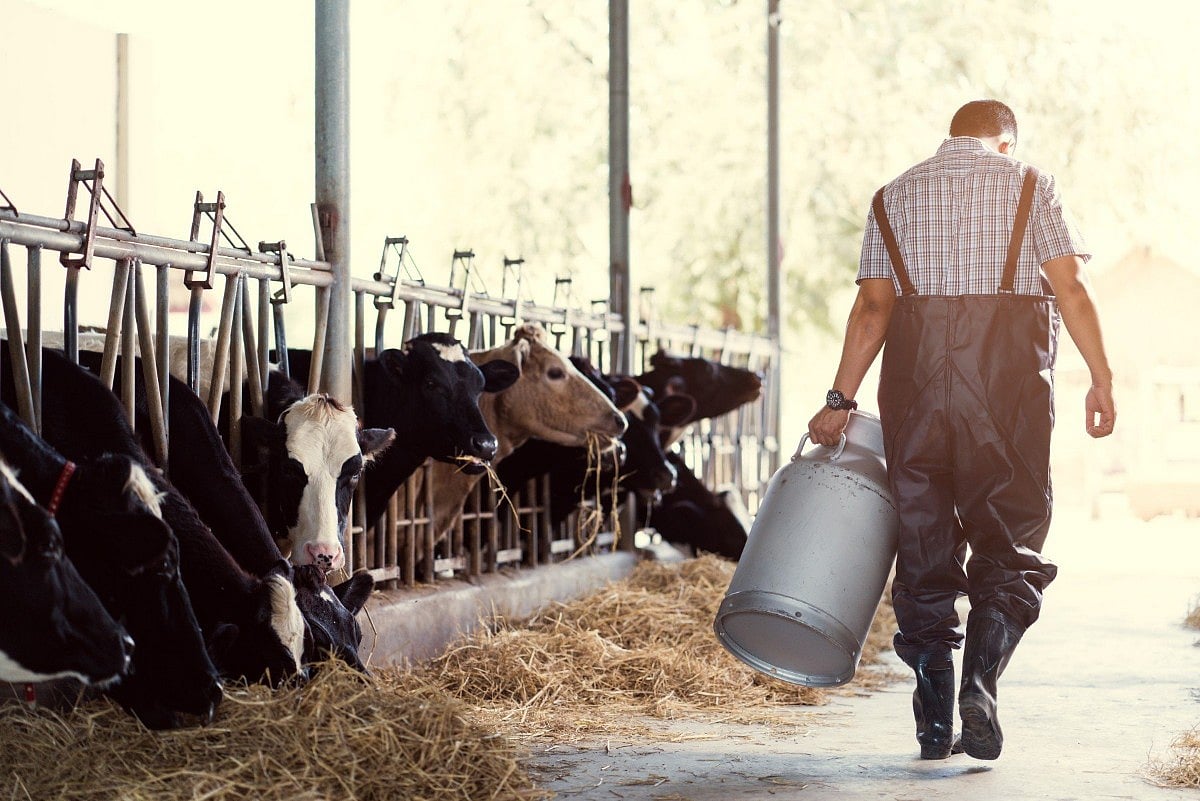Get Healthy!

- Posted October 4, 2024
California Reports Two Cases of Bird Flu in Dairy Workers, a First for the State
As an outbreak of bird flu among dairy cows continues to spread in the United States, two more cases have been reported in dairy workers, this time in California.
These are the first human cases of bird flu reported in that state and the 15th and 16th human cases detected in the country this year, the U.S. Centers for Disease Control and Prevention said Thursday.
"The identification of H5 in people with exposure to infected animals is not unexpected and does not change CDC's risk assessment for the general public, which continues to be low," the agency said in a health alert. "At this time, there is no known link or contact between the first and second confirmed cases in California, suggesting these are separate instances of animal-to-human spread of the virus."
The latest cases were found in workers who had contact with infected cattle at two different farms in California’s Central Valley, the California Department of Public Health (CDPH) said in its own health notice. The workers developed conjunctivitis and had mild symptoms.
State officials noted they have been working to stop the spread of bird flu.
"To protect California farm workers from bird flu, during the last four months CDPH has distributed more than 340,000 respirators, 1.3 million gloves, 160,000 goggles and face shields, and 168,000 bouffant caps," the agency said.
Across the country, more than 250 dairy herds in 14 states have been infected since the outbreak in dairy cows was first confirmed in March. Avian influenza has been spreading in wild and domestic birds in the United States for several years.
Meanwhile, in what could be the first cases of bird flu spreading between humans in the United States, a group of potential H5N1 infections in Missouri has grown to eight.
Antibody tests to confirm any H5N1 infection are pending.
After a patient with bird flu was hospitalized last month, state and federal health officials first determined the patient may have infected one household member and two hospital workers. The original patient had no known exposure to dairy cows.
However, "Missouri has since identified four additional health care workers who later developed mild respiratory symptoms," the U.S. Centers for Disease Control and Prevention said in a health alert issued late last month.
If cases of bird flu among these Missouri health care workers are confirmed with antibody testing, it could mean the virus may be starting to spread among humans. Worldwide, most cases have come from close contact with infected birds.
“We should be very concerned at this point,” Dr. James Lawler, co-director of the University of Nebraska’s Global Center for Health Security, told the New York Times. “Nobody should be hitting the panic button yet, but we should really be devoting a lot of resources into figuring out what’s going on.”
If bird flu infection is confirmed among these patient contacts, “it means the virus is inching closer and closer to what would be a real pandemic virus,” Lawler added. “That is when Pandora’s box is open.”
The Missouri patient, who had underlying medical conditions, was first hospitalized in August and tested positive for the bird flu virus. The person has since recovered, the CDC said in a statement on the case.
To try to determine whether bird flu is spreading between humans, the CDC has drawn blood samples from the Missouri patient and the household contact, to test for antibodies that could point to an H5N1 infection. Still, test results could take several weeks, the agency noted.
Dr. Matthew Binnicker, director of the clinical virology laboratory at the Mayo Clinic, said the Missouri patient and the household contact may have been infected by the same source, or one might have transmitted it to the other. Both of those scenarios point to potential human-to-human spread.
“I’m really hoping that they ultimately find out that there was some likely animal exposure, because the alternative is a little bit scary,” Binnicker told NBC News.
More information
The CDC has more on bird flu.
SOURCES: U.S. Centers for Disease Control and Prevention, news release, Oct. 3, 2024; California Department of Public Health, news release, Oct. 3, 2024; NBC News; New York Times
